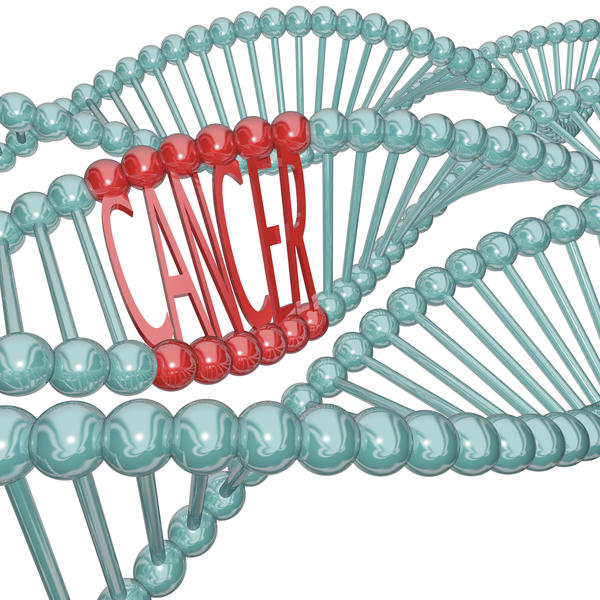The untrained eye likely wouldn’t have noticed, but doctoral student Ruth Pye immediately spotted something unusual about the way the cells were arranged in a tissue sample from a facial tumor of a Tasmanian devil. Tumor cells plucked from the marsupials normally grew and divided more slowly, but these established themselves much faster in culture, and had longer projections extending from their spindle-shaped cell bodies, she recalls.
It was early 2014, and Pye was examining a biopsy taken from a diseased devil on a remote peninsula on the southeast side of Tasmania. Her lab at the Menzies Institute for Medical Research at the University of Tasmania received such samples as part of a government-sponsored monitoring program to study the notorious cancer that had been decimating populations of the island’s namesake marsupial. Known as devil facial tumor disease (DFTD), the cancer differs from most in that it exists as a single transformed cell line, thought to have originated in a devil that lived more than 20 years ago, that is capable of moving between individuals. Each cell genetically resembles the founder devil, and is distinct from the cells of healthy devils.
Such contagious cancers are exceedingly rare: at the time Pye noticed the strange-looking samples, the only other transmissible cancer known was a sexually transmitted oncogenic cell line in dogs, which was by and large harmless to the animals. In Tasmanian devils, DFTD is thought to be transmitted when the animals bite one another, whether it be during battles for mates, during mating itself, or when scrapping over meals of dead animals. Cancerous cells that become lodged in the open wounds of the mouth or face quickly colonize the host tissue, triggering the growth of disfiguring tumors that impair the animals’ ability to feed. Since the first reported case of DFTD in 1996, devil numbers have plummeted by nearly 80 percent in areas affected by the disease….







